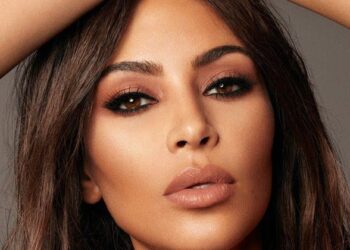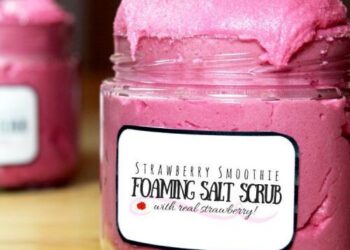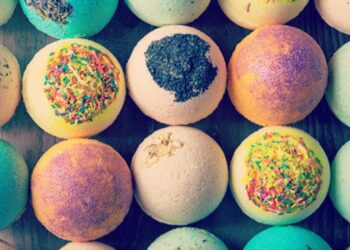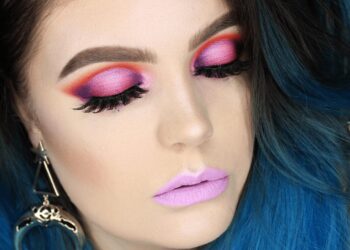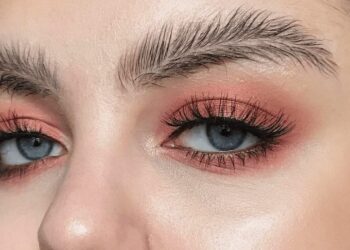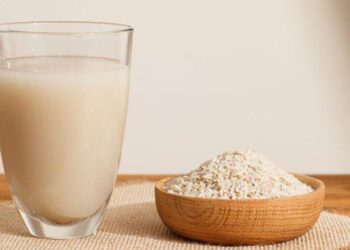As a fan of everything beauty, I’m well aware that there is a plethora of natural and holistic beauty treatments that greatly benefits our skin and body today. But a quick trip overseas would have me jealously lusting over the flawless luminous complexion of South American women, crystal clear skin of the Japanese and long shiny locks of the gorgeous Indian women.

Genetics obviously plays a role in our attributes, but a lot of it comes down to simple beauty secrets of ancient civilisations, discovered before any of us were born and easy enough for anyone to learn. So after centuries of cosmetic advancements, I’m wondering if maybe our ancestors deserve more credit than we’ve given them. So here’s a list of 10 ancient beauty rituals, and where they’re from;
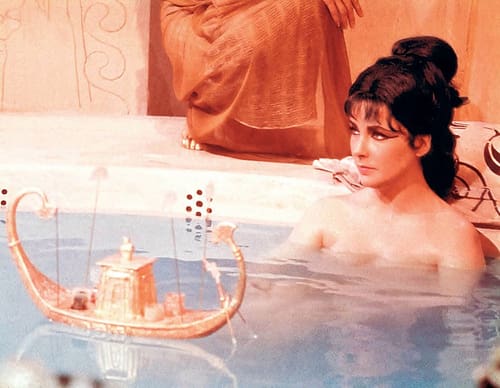
1. Cleopatra’s Milk Bath – The Egyptian queen used to bathe in a tub full of fermented donkey’s milk with honey and saffron. Milk is full of fats, lactic acid, and proteins, which helps in repairing and nourishing her skin. The moisturising and healing properties of honey would’ve aided her in getting that glow, in addition to making the bath even more luxurious and rich (pure honey is super expensive then and even now!). If you’ve got dry skin (and a bank account bursting at the seams with cash), the milk bath should be worth a go for you.

2. Saffron – Egyptian, Indian, Greek, and even Roman kingdoms have used saffron since the beginning of time for a number of purposes. It served as an ingredient for dyes, medicines, and even perfumes! It is rumored that Cleopatra also used saffron-infused water for bathing. This is because saffron has a number of beauty and healing benefits for skin. Which is why Indian ayurvedic healing centres swear by saffron and incorporates the expensive flakes into aromatic masks and beauty oils.

3. O.J. To Minimise Pores – In Costa Rica, women use orange juice to minimise large pores. But it’s also important to note that this is more of a short term solution (the kind you need before a photo op) as opposed to a long-term one. Need to minimise your pores? Combine orange juice and water with a 50/50 ratio, soak a cotton ball in the mixture and swab the mixture all over your face. Wait a few minutes and then rinse it off for smaller pores. make sure to rinse thoroughly and not let the juice in your hair coz nobody likes stickiness.
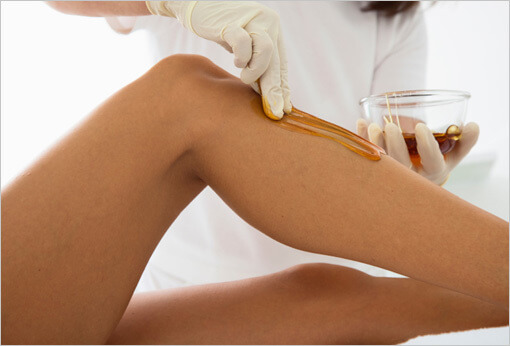
4. Sugaring in Ancient Egypt – This is a ritual that my Middle-Eastern mother-in-law still swears by today. Egyptians were (or are) obsessed with smooth skin, so they came out with sugaring as a method of hair removal to achieve this. It’s similar to waxing only way more natural and cheaper. The process involves mixing a sugar mixture over the stove by combining sugar, lemon and water until it forms a thick paste. The paste is applied to the hair on the body and then stripped off – much like waxing! This method is perfect if you’re looking for more natural skincare routines.
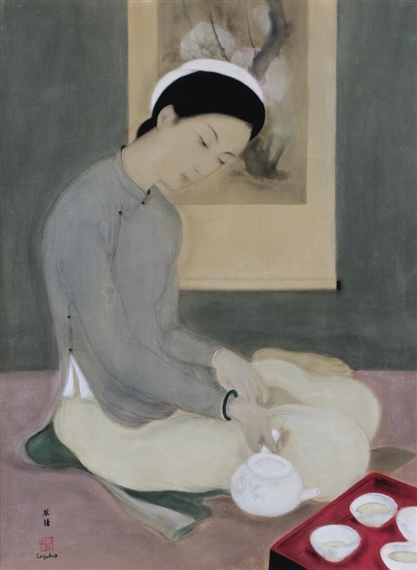
5. Chinese Tea Cleanse – The Chinese are advocates of holistic beauty. Hence, there are various superfoods and drinks they consume to get the maximum benefits for their bodies. Herbal tea is one of them, due to its ability to flush toxins out. Their skin benefits are very well-known. Jasmine tea is famously referred to as the go to tea for facials. It is not only wonderfully aromatic, but it helps the skin glow from within, visibly reducing unevenness and dullness. Teas like White Tip Oolong, Chinese green tea, and Pu-Erh tea, are also some Chinese beauty teas I’m down for trying.
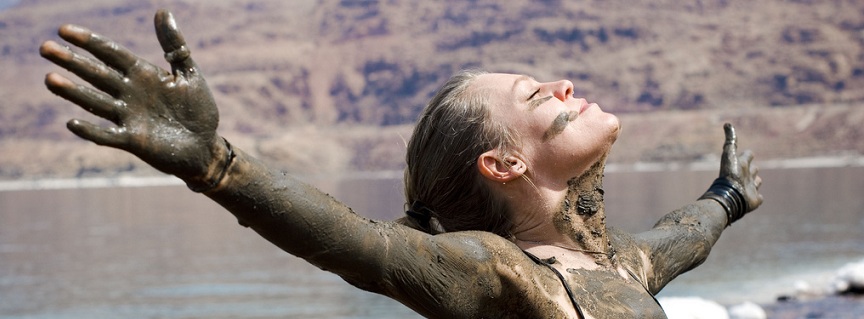
6. The Dead Sea Mud Bath – Besides the fact that people have said of the Dead Sea mud that holds healing properties, it’s also important to note that this is also where the idea of the service spa first originated. The mud of the Dead Sea contains a high percentage of salt which means it contains a higher level of nourishing minerals. Can’t find Dead Sea mud? Other varieties can be beneficial as well. As long as it contains sulfur (to dry out acne), bentonite (for deep cleansing) and kaolin (for skin purification), feel free to roll around in whatever mud you’ve got.

7. Pearl Powder – Back in the old days of Chinese dynasties, emperors and empresses would consume pearl powder milled from freshwater pearls to lighten dark spots and anti-inflammatory purposes. The cosmetic industry is only picking up on this recently by introducing pearl powder in products dedicated to skin luminosity.

8. Ancient Greek Lip and Cheek Stains – Ancient Greeks lived in the Mediterranean but had a habit of whitening skin in various way that had prevented them from having a sun-kissed glow. To achieve this, they faked blushing cheeks and a delicious pout with the help of the juice of crushed mulberries for cheek and lip stains. Homemade makeup recipes still use the act of brushing berries or beets as lip and cheek colour today!

9. Egg Whites in England – During the Elizabethan era of England, English women were known to have practiced some strange (and sometimes life-threatening) beauty rituals. Besides consuming arsenic and leeching to get that white glow, this tip is probably the easiest and most normal of the lot. Owing to their love for smooth and taut skin, women in that era used to apply raw egg whites to their skin. The proteins in egg whites smooths out wrinkles, tightens sagging skin and enriches the skin to appear more youthful, toned and glowing. Egg white-masks are still used in beauty rituals around the world today.

10. Turmeric For Glowing Skin – Turmeric is an essential part of Indian beauty rituals, so fundamentally important that prior to a wedding India, Pakistan or even the Middle-East, brides are obliged to incorporate turmeric into their beauty routines. The spice works like an antiseptic which can heal and repair skin, making it glow. It’s still used as a face pack when combined with rosewater or milk today! If your ayurvedic beautician opts turmeric out of the ritual, you can bet that your beautician’s not legit.

I don’t know about you but I see myself indulging in at least 2 of these rituals today.


